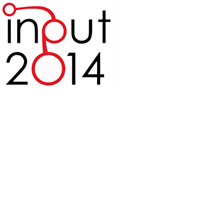Planning Pharmacies: An Operational Method to Find the Best Location
Abstract
The theme of the spatial distribution of the pharmacies on the territory is closely connected to urban planning and to services supply. In Italy, the regulatory change that took place in 2012, triggered partly by the need to adhere more to a constantly changing economic system, has led to a revision of the existing situation, consisting both on the method to quantify the pharmacies distribution and on the efficiency of the service. If Law 27/2012 has effectively allowed municipalities to increase the number of pharmacies that they can settle on the municipal territory, it has also started a process of rethinking the logic of pharmacies location and of their catchment areas. In this framework, the present paper aims to discuss the merits of a regulatory evolutions that sparked the process of liberalization of locations, integrating the law guidelines and goals with an operating logic process, usable and useful to translate goals into planning actions in a continuous dialogue between law and territory, constraints and opportunities, equity and accessibility of the care services. Following this logic operations, we have investigated the urban context of Castelfranco Emilia, assuming the location of new offices on the basis of pharmaceutical analyzes.Downloads
References
Giordani, L. (2011), “La concessione amministrativa per l’esercizio del servizio farmaceutico non può essere liberalizzata, ma semmai razionalizzata”, Giustizia Amministrativa, 11.
Guidotti, M. (2013), La pianta organica delle farmacie, www.galenotech.org/piantaorganica.htm

Copyright (c) 2014 Tema. Journal of Land Use, Mobility and Environment

This work is licensed under a Creative Commons Attribution 4.0 International License.
Authors who publish in this journal agree to the following:
1. Authors retain the rights to their work and give in to the journal the right of first publication of the work simultaneously licensed under a Creative Commons License - Attribution that allows others to share the work indicating the authorship and the initial publication in this journal.
2. Authors can adhere to other agreements of non-exclusive license for the distribution of the published version of the work (ex. To deposit it in an institutional repository or to publish it in a monography), provided to indicate that the document was first published in this journal.
3. Authors can distribute their work online (ex. In institutional repositories or in their website) prior to and during the submission process, as it can lead to productive exchanges and it can increase the quotations of the published work (See The Effect of Open Access)
